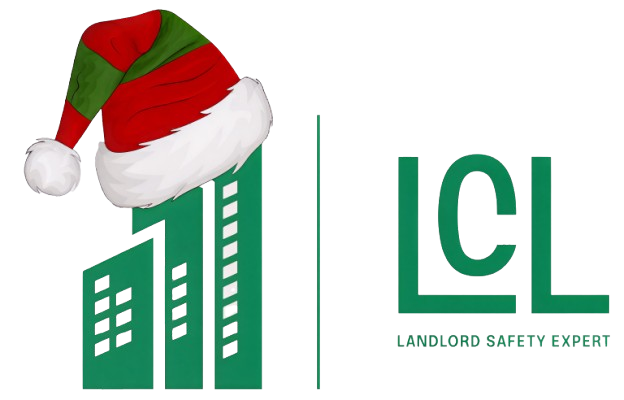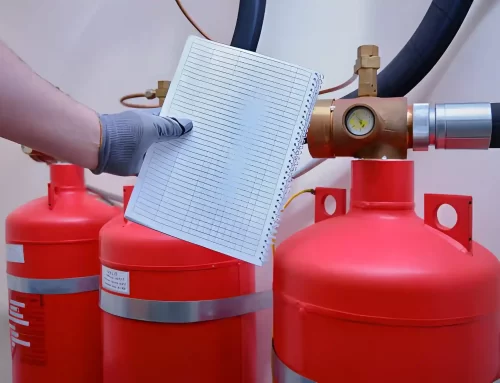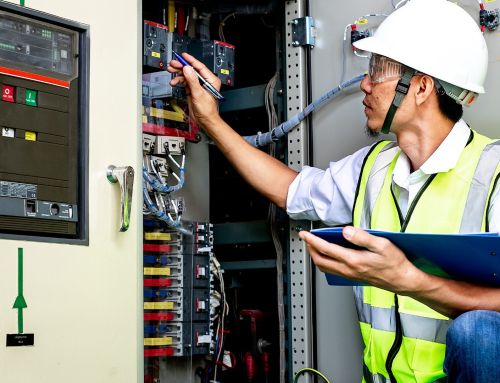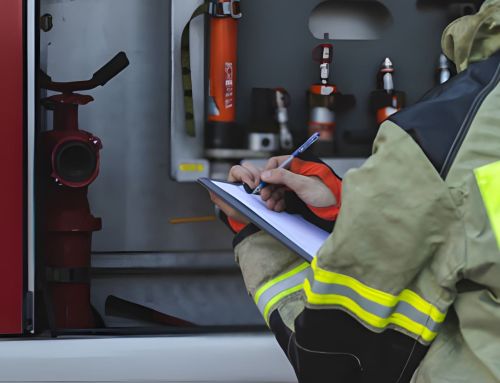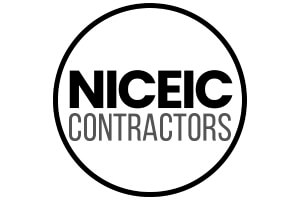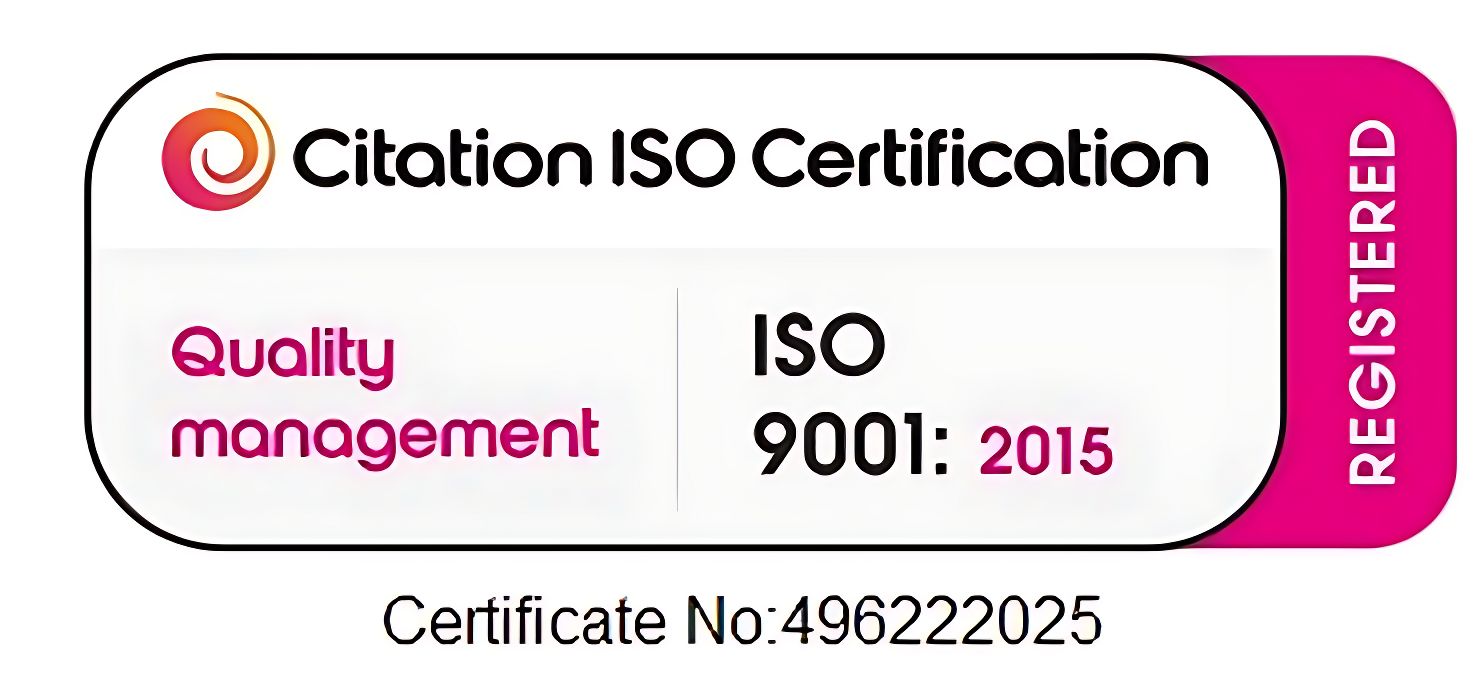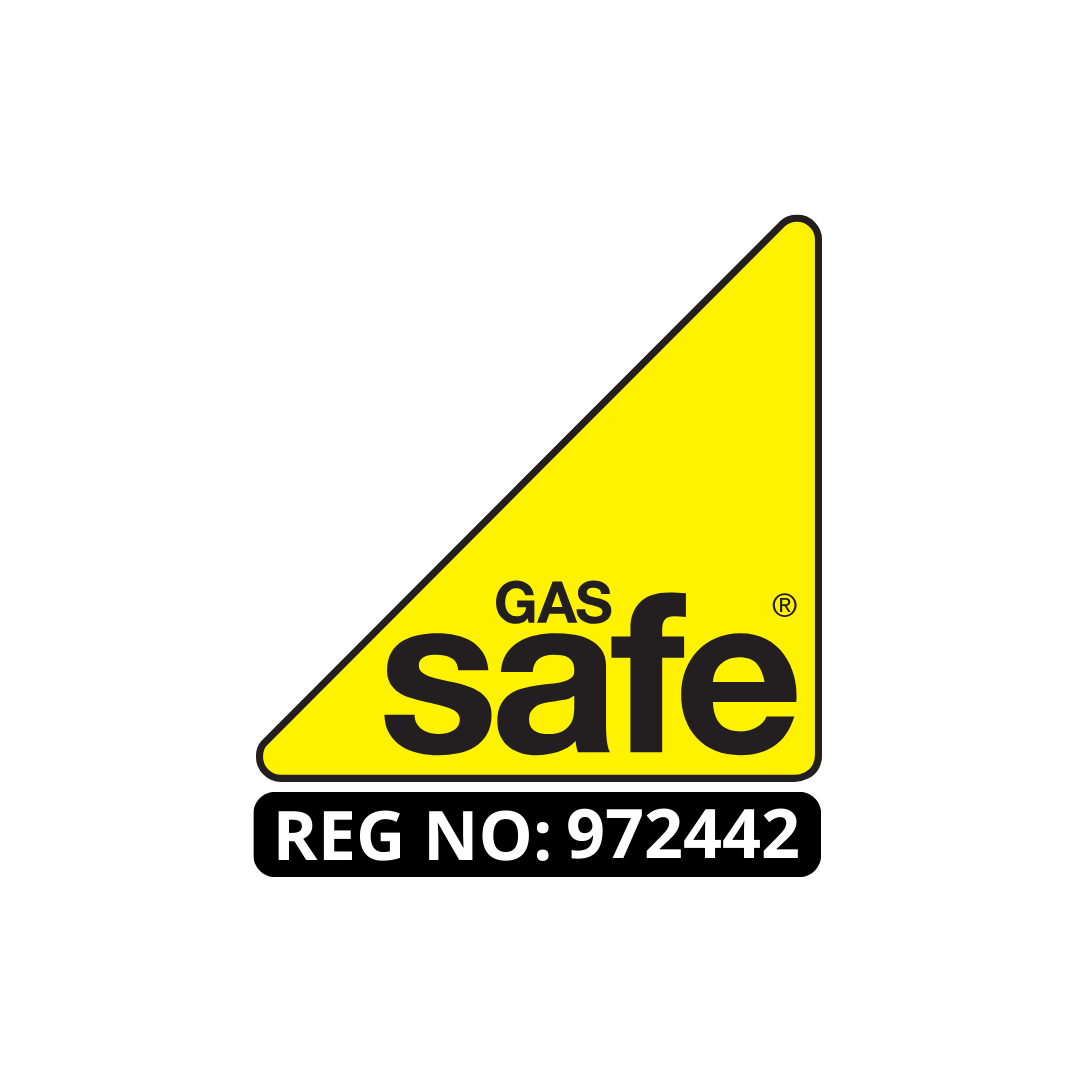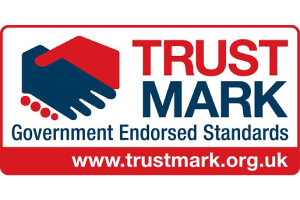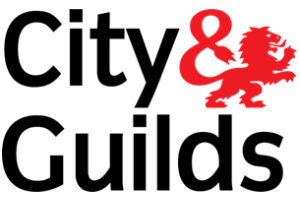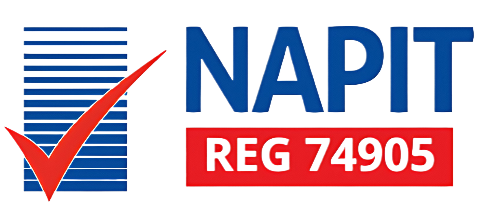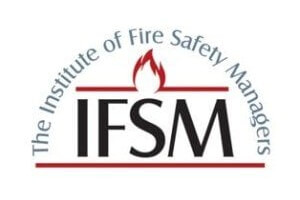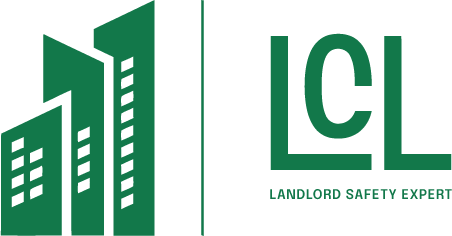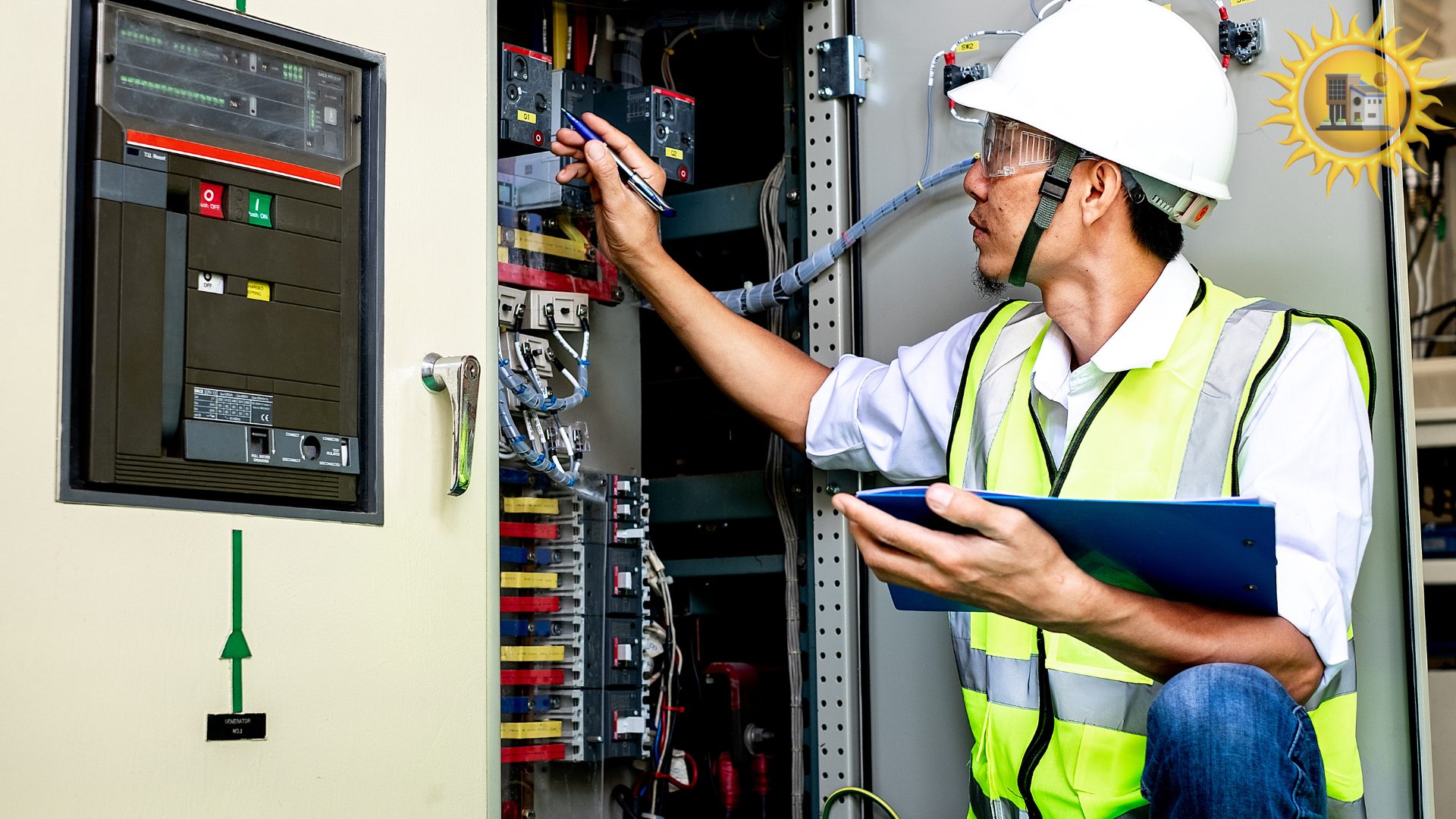
Keeping people safe should always come earlier than something else, and one of the quality methods to protect any property is through carrying out a fire evaluation. Whether you very own a home, run a small organization, or manage a massive building, knowing how fire protection works is critical. A fire assessment helps you see risks early, reduce dangers, and prepare for emergencies in a stress-free and clear way. It gives clear steps to make your buildings safer, and it guarantees that fire risk assessments are not unnoticed.
This guide explains what a fire risk assessment is, why it is important, who needs one, and how the process works from start to finish. The purpose is to make the whole lot easy to recognize, even when you have by no means handled fire protection earlier than. By the end, you will recognize the way to take sensible actions that protect your people, your property, and your normal routines.
Key Takeaways
. A fire evaluation helps you identify fire risk assessments and recognize ways to make your own home safer.
2. Every construction home, lease, and agency from regular fire safety assessments.
3. Clear escape routes and working alarms are crucial components of any protection plan.
- Training the body of workers or circle of relatives’ participants on emergency actions improves protection during actual incidents.
- Keeping statistics of your fire risk assessments facilitates song upgrades and meets legal responsibilities.
- Fire safety appliances like extinguishers, smoke alarms, and fire blankets need to be checked often.
- Updating your fire evaluation every year ensures it stays correct as your construction adjustments.
8. Taking action on risks quickly is a smart way to stop fires and keep people safe. A strong fire safety method creates a safe environment.
Why a Fire Assessment Is Important for Every Property
A fire assessment plays an important role in preventing issues and improving safety. Fire can spread harm to properties and put lives in danger. But with the right steps, many fire incidents can be averted. When you enter a fire assessment, you benefit from a mile’s clearer picture of ways your construction for the duration during everyday use and during an emergency.
A big reason for conducting a fire risk assessment is the increased level of understanding it brings. People often turn past dangers without realizing how dangerous they are. For example, easy overloaded plug, a blocked socket, or a heater set too near to fabric can all reason big problems. A fire assessment highlights these dangers earlier than they get worse.
Another advantage is that it helps agencies stay legally compliant. Health and safety legal guidelines in lots of areas require employers and building proprietors to maintain their buildings safe. The procedure of assessing online, developing action plans, and reviewing safety methods ensures that you meet the ones legal requirements. In many industries, insurance organizations also expect an in-depth fire evaluation before they approve a policy.
A proper fire assessment also reduces lengthy-time period expenses. Fires can cause high-priced damage, interrupt daily business work, and lead to insurance claims. By figuring out risks early, you may fix small problems earlier than they turn into costly issues.
Finally, a fire assessment boosts self-assurance. Workers, tenants, and site visitors feel a safer environment once they realize the building is often checked and maintained. Even small improvements like a clear sign or better behavior make a significant difference. Whether you manage a home, save, workplace, warehouse, or rental properties.
Key Steps within the Fire Assessment Process
A fire assessment follows an established approach, making the method clean to recognize and repeat in the future. The steps are designed to cover each part of your building, from the manner humans circulate through it to how an appliance is used.
Here are the main stages of a radical fireplace assessment:
- Identify Fire Risk
This includes anything that might begin a fire, including cooking appliances, defective wiring, open flames, heaters, or flammable materials. The assessor walks through the building and data every risk.
2. Identify who’s unsafe
Every construction has one-of-a-kind customers, a team of workers, clients, visitors, tenants, or human beings with limited mobility. A fireplace assessment considers who might be more prone to and the way they might break out in an emergency.
- Evaluate and Reduce
This stage shows how, in all possibilities, a fire could start and how terrible the harm might be. It also units out steps to reduce those dangers. This is where fire danger tests and risk assessment, fire planning overlap, as each is based on actual dangers and realistic answers.
- Set a plan
Your fire risk assessments must list all dangers, recommended enhancements, and who is liable for completing each task. This document is critical for prison compliance and future reviews.
- Train People and Improve Awareness
A fire evaluation is powerful and simple. This includes instructing the body of workers, teaching households approximately escape routes, and ensuring all people know how alarms and extinguishers work.
- Review the Assessment Regularly
Buildings change over time. New equipment arrives, layouts shift, and staff members come and go. For this reason, a fire assessment should be updated each year if the property undergoes major changes.
By following these steps, your fire assessment becomes a reliable tool that reduces danger and supports long-term safety planning.
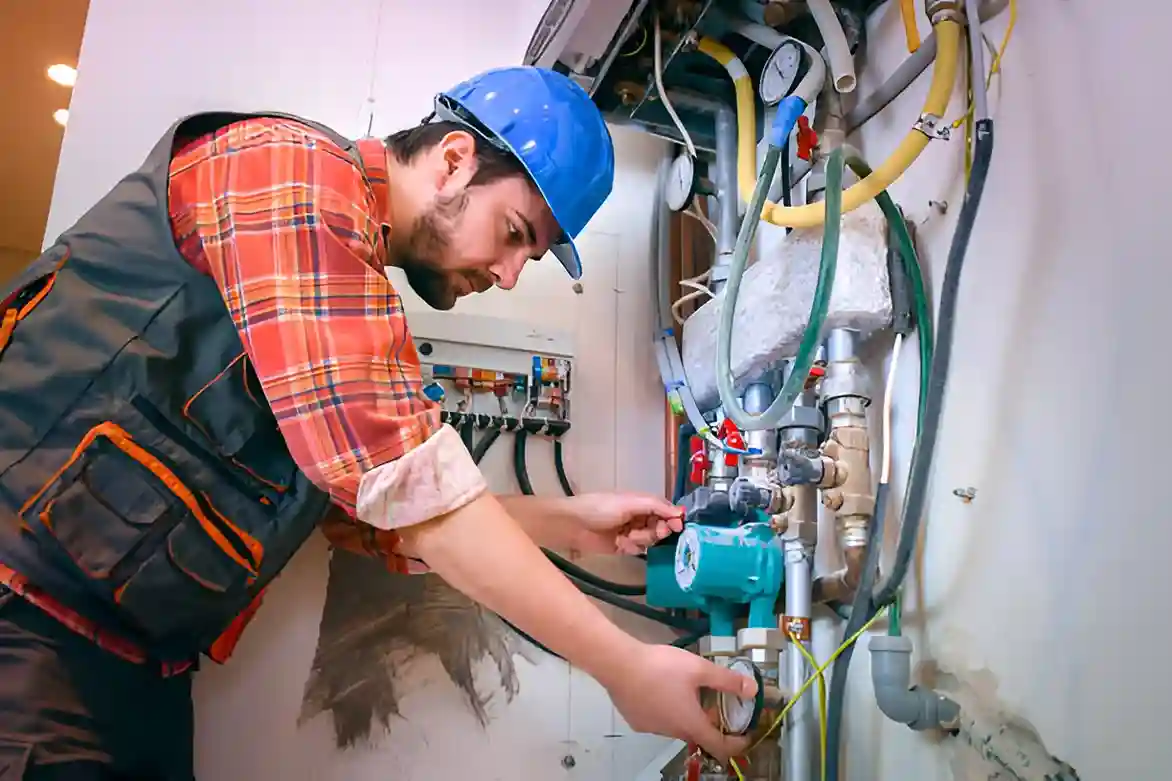
Common Mistakes to Avoid During a Fire Assessment
A fire assessment is easy; however, mistakes can lessen its value. Knowing what to keep away from facilitates getting the best results from your protection efforts.
- Ignoring Minor risk
Small troubles like unfastened wires or muddle near exits often develop into larger risks. An entire fire assessment takes every threat seriously.
- Poor Record-Keeping
If you cannot display what has been checked or changed, you lose precious facts. Always record your fire evaluation truthfully. - Not Training Staff or Residents
Even the fire protection plan fails if people do not understand it. Everyone should understand where the exits are, how the alarms paintings, and what to do during an emergency.
- Blocking Fire Exits
Never store items in hallways or staircases. A fire evaluation allows you to spot those errors earlier than they become dangerous. - Forgetting to Update the Assessment
A previous fire assessment does not replicate the contemporary condition of your building. Frequent updates keep it beneficial and compliant.
By warding off these mistakes, you improve the value of your safety planning and make sure that your fire assessment stays dependable.
How to Prepare for a Fire Assessment Before the Inspection
Preparing for a fire Assessment earlier makes the procedure smoother, faster, and more correct. Many property proprietors wait until the assessor arrives earlier than considering fire safety, but taking a few simple steps early can save time and highlight problems you could address immediately. Start by means of clearing all predominant regions, including hallways, storage rooms, staircases, and breakout routes. When those pathways are free from litter, the assessor can effortlessly take a look at exits and evacuation routes without delays.
Next, evaluate your fire safe system. Make sure positive alarms are working, fire extinguishers are clean to use, and emergency lighting switches on throughout power cuts. It’s additionally useful to acquire any documents associated with fire safety, such as renovation statistics, previous reports, logs, and floor plans. Having those ready lets the assessor understand your home in greater detail.
If you run a business, tell your body of workers about the approaching visit. This guarantees that humans are gifted at answering questions and shows how sports are done. By making ready early, your fire assessment becomes more effective, and you demonstrate your commitment to maintaining property safety.
Essential Fire Safety Equipment Every Property Should Have
No count number the size or purpose of your construction, having the proper fire safe device is a main part of shielding people and property. These alarms provide early warnings, assisting everybody to break out before a fire spreads. Test them regularly and update batteries when needed. You must additionally install fire extinguishers appropriate for one-of-a-kind fire sorts, along with electric, oil, or paper fires, due to the fact no longer all fires can be controlled with the same approach.
Fire blankets are another vital object, particularly in kitchens or areas where small fires can start quickly. Emergency lighting fixtures are also vital, because they publications people to exits at some point of electricity cuts or heavy smoke. Many homes additionally gain from fire doorways, which are mainly designed to slow down. These doorways should in no way be propped open or blocked.
Clear signs showing get-away routes, points, and device places make your building easier to navigate during an emergency. Finally, sprayer systems provide automatic safety with the aid of controlling or extinguishing a fire earlier than it grows. With the right appliance in the areas, your safety measures emerge as more potent, and your fire assessment results are enhanced considerably.
Maintaining Fire Safety After an Assessment
Completing a fire assessment is most effective at the property. To maintain your own home safe for the long period, you maintain fire safety via regular checks, exact habits, and non-stop upgrades. Start by reviewing your movement plan and completing the duties identified throughout the assessment. This might consist of repairing electrical issues, clearing garage areas, updating emergency lighting, or putting in new alarms. Addressing these risks and keeping your protection measures up to date.
Next, set a monthly routine for checking the appliance. Test smoke alarms, check extinguishers, inspect fire doorways, and make certain escape routes stay clear. For businesses, education performs a key role. Organize fire drills, train the team of workers on how to use extinguishers, and refresh evacuation plans whenever new employees are a part of.
Frequently Asked Questions
The fundamental purpose is to identify something that could cause harm and make sure the properties are safe for all of us inside. It also helps owners understand what improvements are desired and the way to prevent injuries earlier than they take place.
Most experts suggest reviewing them once a year, but you also need to update them whenever the construction format modifications, new equipment is added, or any incident takes place. Regular reviews help keep protection measures powerful and up to date.
The proprietor or manager is normally accountable, but every person who usage of the building plays a role. Staff, tenants, and traffic have to observe protection policies, record risks, and help preserve pathways and appliances free of limitations.
A right plan must list the issue found, the motion needed, who will whole it, and the cut-off date. It must also encompass follow-up checks to affirm that the fix has been completed effectively and stays effective.
Training ensures people understand what to do in emergencies. When individuals recognize exits, alarms, and fundamental approaches, responses emerge as faster and greater organized, assisting in saving you from injuries and confusion.
Conclusion
A strong fire safety approach depends on careful planning, steady improvements, and regular reviews. Completing a single fire assessment gives you a clear picture of the conditions inside your building and helps you understand where risks may appear. With this information, you can start making practical changes, clearing escape routes, improving equipment, updating training, and creating safer daily habits. These small but consistent steps greatly reduce the chances of an emergency and keep people protected.
One of the biggest benefits of keeping safety measures is the self-belief it brings. When alarms work, pathways are open, and the device is well-maintained, your own home is prepared for maintaining safety measures. This experience of protection also helps the findings from fire risk assessments, making it easier to stay organized and respond quickly whilst needed. Training also plays a crucial role, making sure each person knows simple tactics and can act calmly throughout difficult moments.
Safety is ongoing, not something you complete once. Buildings exchange, new appliance arrives, and cleaning risk can expand. That is why reviewing your surroundings and updating your threat risk assessment fire plans is essential. By staying dedicated to those steps, you defend lives, reduce capacity harm, and create a safer space for every person who enters your house.
